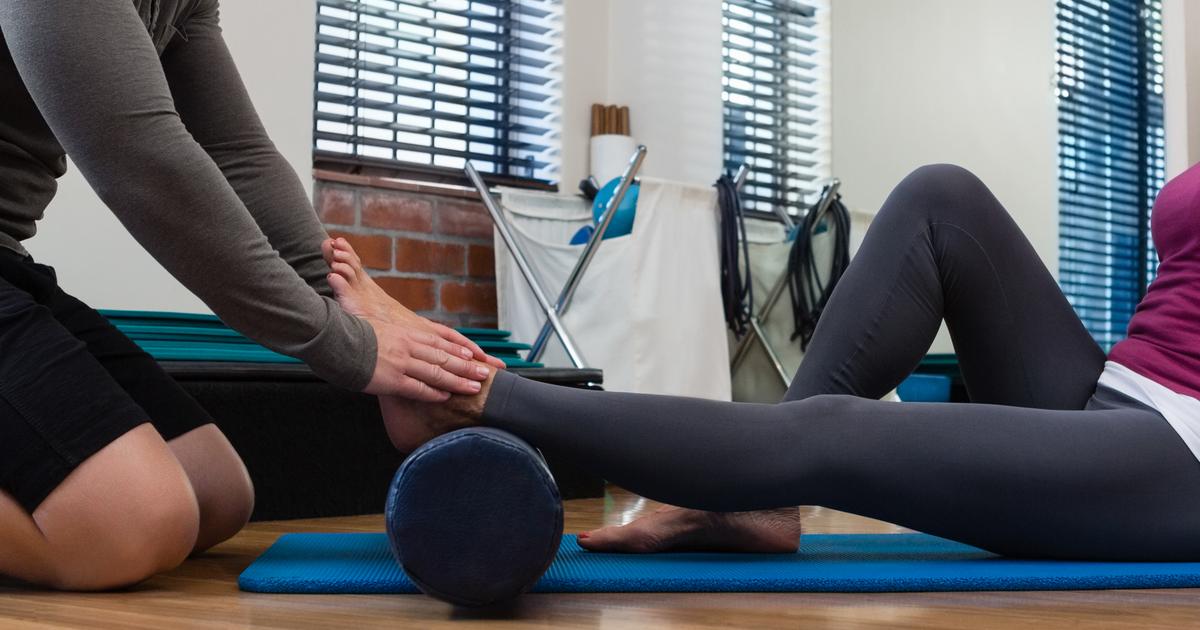How To Promptly Treat Achilles Tendonitis
Achilles tendonitis is a form of overuse injury that develops when the Achilles tendon is inflamed. The Achilles tendon connects the calf muscle to the heel bone, and injuries to this area most often occur in athletes, runners, and individuals who only workout occasionally. Like other forms of tendonitis, Achilles tendonitis is considered an overuse injury and is believed to be caused by excessive force on the area or improper exercise technique. The condition is generally short-term and lasts for only weeks or a couple of months, but some individuals may have chronic tendonitis that takes at least a year to resolve. Many patients have several episodes of tendonitis during their lives.
Symptoms of Achilles tendonitis include pain in the heel and back of the leg. Often, the pain worsens with exercise and may be particularly severe in the mornings and on days following exercise. Bone spurs, thickening of the tendon, and swelling may also be present. Orthopedic surgeons and physical therapists can all help with diagnosing and treating this form of tendonitis. Diagnosis can normally be made with a physical exam, and sometimes, MRIs or other imaging can be helpful in confirming the diagnosis. Patients with tendonitis are monitored at regular follow-up appointments with their medical team. Non-invasive, conservative treatments are generally used first, and if patients do not respond to these treatments, surgery is sometimes recommended to reduce pain and correct the tendonitis.
The treatments below can help treat Achilles tendonitis.
Strengthening Exercises

Patients who have been diagnosed with tendonitis are often told to rest the area for a while, and this can help speed healing. During their rest from the activity that led to the overuse injury, patients are frequently advised to try strengthening exercises, which should only be performed under the guidance of a physical therapist to avoid further injury to the area. Strengthening exercises help build endurance in the muscles around the Achilles tendon so it has better support and is less prone to future injury. Exercises from a physical therapist also focus on lengthening and releasing the tendon and the muscles around it. This reduces pain and helps the patient return to full functioning. Physical therapists may also use massage and ultrasound therapies along with stretching exercises to promote a complete recovery.
Get to know more methods of treating Achilles tendonitis now.